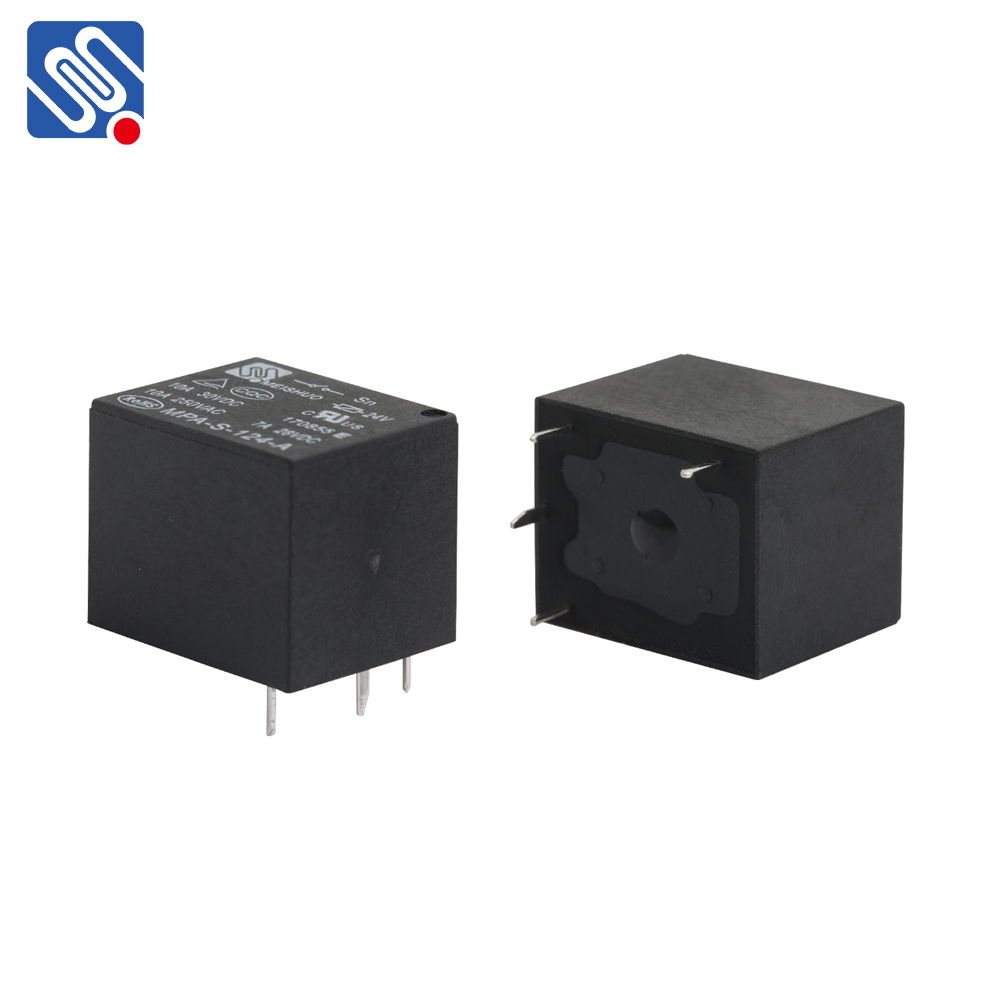relay circuit design: unlocking potential with meishuo technology
Release time:2025-07-31 08:17:39
Relay circuits are essential in many electrical and electronic applications, enabling a low-power signal to control a high-power system. These circuits are pivotal in automation, control systems, and protective devices. The design of relay circuits requires an understanding of electrical components, their interactions, and the systems they control. In this article, we will explore the fundamental principles of relay circuit design, with a special focus on the role of Meishuo technology in enhancing the performance and efficiency of these circuits.

Understanding the Relay Circuit
At its core, a relay is an electrically operated switch that allows one circuit to control another. It typically consists of an electromagnet, an armature, a set of contacts, and a spring mechanism. When an electric current passes through the electromagnet, it generates a magnetic field, which pulls the armature and changes the position of the contacts, either opening or closing the circuit.
Relay circuits are used in a variety of applications, including industrial automation, telecommunication systems, and even automotive electronics. Their primary purpose is to isolate control circuits from power circuits, allowing them to operate safely and efficiently. The relay enables the use of low-voltage signals to switch high-power devices, offering both protection and control in the system.

